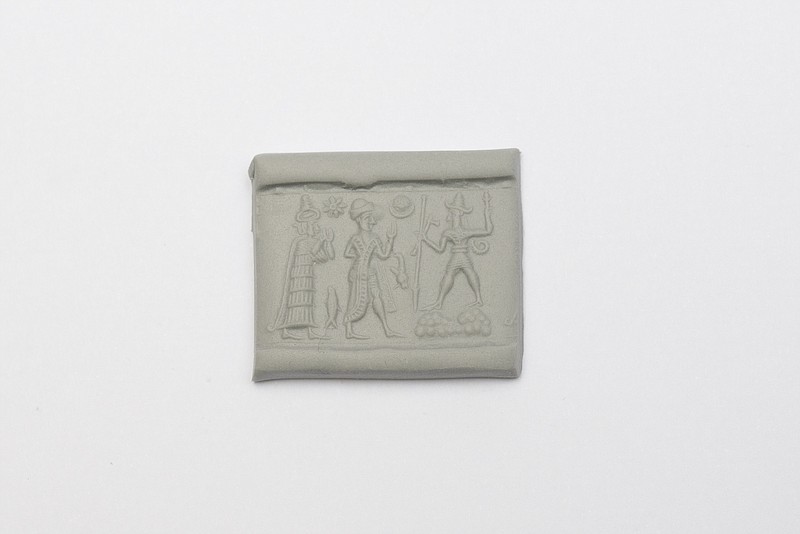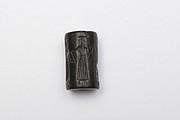Photo Gallery
Small but Significant: 'A World in Miniature' exhibits 65 ancient seals from biblical times
If you go
› What: “A World in Miniature: Creation, Cosmos and Ecology on Seals from Biblical Times”› Where: Hackman Hall, Southern Adventist University, 4960 Industrial Drive, Collegedale› When: 9 a.m.-noon and 1-5 p.m. Mondays-Thursdays, 9 a.m.-noon Fridays, 2-5 p.m. Saturdays and Sundays, through May 2017› Admission: Free› Information: www.southern.edu/archaeology
In a small, inconspicuous, basement-level museum tucked into a hillside building on the campus of Southern Adventist University in Collegedale is what has been called "the finest exhibition on ancient seals in terms of presentation, approach-ability and scholarly input" to currently be seen.
That evaluation was made by Yale professor Benjamin Foster when he attended the opening night of "A World in Miniature: Creation, Cosmos, Ecology on Seals from Biblical Times" in September.
Foster is curator of the Yale Babylonian Collection at Yale University, and SAU's exhibit has drawn pieces from that collection as well as from the Bade Museum at Pacific School of Religion in Berkeley, Calif., and the Horn Archaeological Museum at Andrews University, located in Michigan about halfway between Kalamazoo and South Bend, Ind.
The "World in Miniature" exhibit displays 65 seals and artifacts dating back to biblical times. Some of the seals are cylindrical, others are scarabs or seals affixed to the tops of rings. Most are 1 to 1-1/2 inches in length, but some are as small as the nail on a pinkie finger.
Although small in size, they make huge statements about the political, economic and religious thoughts of the ancient craftsmen who made them. And surprisingly, those philosophical questions aren't that far removed from concerns of 21st-century man. "Who are we?" and "Where do we come from?" were topics of interest for people in biblical times as they are to Southerners in the Bible Belt today.
"Among these objects is the famous Ushna Seal, a beautiful carnelian stamp seal, which has the inscription 'Belonging to Ushna, servant of Ahaz,'" says Janell Hullquist, editorial manager for SAU marketing and university relations.
The seals are numbered and displayed in glass cases. On a wall near each case, visitors will find interactive touchscreens that display a photo and description of a seal's use, just by touching a particular seal's number.
Seals were widely used in ancient civilizations from Mesopotamia to Egypt. Their designs reflect how ancient cultures understood existential questions of origins and their relationship with their environment. For example, one seal depicts a human defending a cow from a lion's attack while the cow is giving birth.
In the Adventist Review, Martin Klingbeil, SAU associate director of the Institute of Archaeology, explains that this seal represents "how humanity domesticated the animal world, but at the same time is also protecting it."
There are seals depicting palm trees, representative of the tree of life. Some seals doubled as ancient jewelry such as rings - note how small their fingers were - or amulets. Others pay homage to weather gods, often showing a god standing on a mountain to underline the mountain's significance as the unmovable home of gods. Cosmic seals depict sun disks, crescent moons or stars, illustrations that served as emblems of deities.
After viewing these ancient seals, visitors can create their own. Loren Howard has created reproductions of ancient seal-making tools with which visitors can roll or print impressions to take home.
Contact Susan Pierce at spierce@timesfreepress.com or 423-757-6284.

